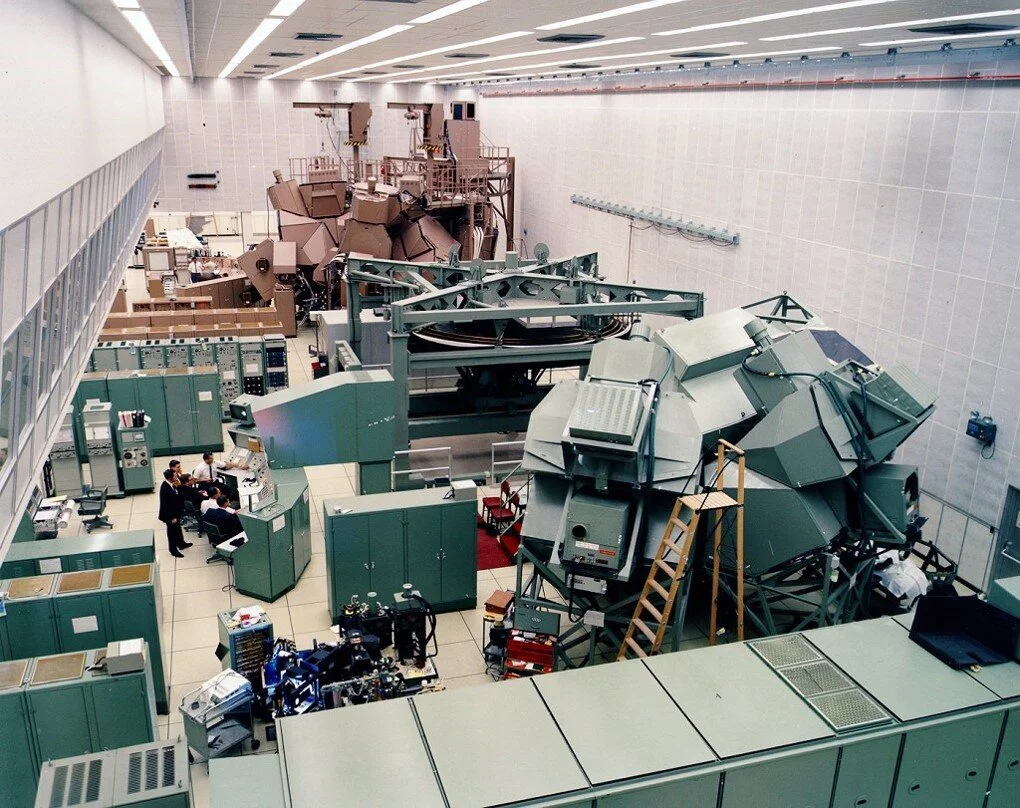Central New York State has delivered key technology to NASA’s space exploration programs for more than 50 years - from John Glenn’s camera and film to parts for today’s Orion spacecraft.
Three technologies in Apollo to the Moon - A History in 50 Objects (Muir-Harmony, 2019, National Air and Space Museum) were developed in Binghamton and Owego - two small cities along the southern border of central New York State:
One of the largest devices built here for NASA was GP-Link’s Apollo Mission Simulator - a classroom for crews and mission control teams to learn to recognize malfunctions and respond quickly to failure. The Command Module portion alone is a 40 ton, 30’ cube.
Simulator to the Rescue - Connecting Link, Summer 1970
Inside each Saturn rocket that took Apollo astronauts to the moon was a Saturn Instrument Unit which controlled the rocket’s trajectory. These computers were designed, built, and programmed by IBM’s Space Lab Owego, in collaboration with teams in Huntsville, AL.
Probably the smallest regional contributions are triggers that ignite stage separation and jettisoning for Titan's RL-10, Saturn's J-2, and today's OMS cryogenic engine, produced by a company from Norwich, NY (pop. 8,000) - GLA, later Simmonds Precision, now Unison-GE.
TechWorks! is working to showcase these and other Central NYS pioneering avionics & simulation efforts in its Out Of This World Technology gallery.
Please help us to tell the story of IBM Owego’s Saturn Instrument Unit. We welcome your recollections from this era and your insights on how to best present these devices that were jettisoned in flight.
You can get in touch by email to info@ctandi.org or leave a voice mail at 607-723-8600 - we’ll get back to you within a few weeks.

